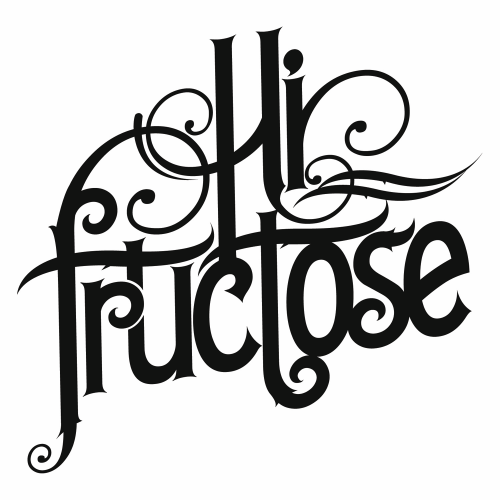After two decades of planning, false starts and temporary spaces, Britain’s illustration community is about to gain something it has long deserved: a permanent home. The Quentin Blake Centre for Illustration will open its doors in Clerkenwell, London, in May 2026, becoming the world’s largest dedicated space for an art form that shapes our visual landscape daily, yet remains curiously overlooked.
I’ll be honest, it’s about time, too. For illustrators, designers and creative directors, this matters. Illustration exists everywhere—in advertising campaigns, editorial features, book covers, brand identities, digital interfaces—but has never had the institutional recognition afforded to fine art or photography.
The centre changes that equation. Set within the atmospheric grounds of an 18th-century waterworks, accessible to the public for the first time, it will serve as both a showcase and an advocate for illustration as a serious discipline.
Real ambition
The genesis of the project dates back to 2002, when Blake established a charity for illustration, which led to House of Illustration operating from rented space in King’s Cross between 2014 and 2020. Now, backed by £12.5 million in funding, including £3.75 million from The National Lottery Heritage Fund, Blake’s vision reaches completion.

Impression – Exhibition at the new Quentin Blake Centre for Illustration © Nora Walter

Outside London’s oldest surviving windmill during construction, October 2025 © Justin Piperger
“I have long dreamt of a permanent place with ‘ILLUSTRATION’ above the door, and now the amazing reality is that we have it,” says Quentin, whose instantly recognisable line work has defined British children’s literature for generations.
Opening programme
The centre’s ambition is evident in its opening programme. Three galleries will host regularly changing exhibitions, with the inaugural show focusing on MURUGIAH, a rising talent whose work typifies the contemporary evolution of illustration. MURUGIAH: Ever Feel Like… will be the artist’s first solo exhibition — a significant career milestone that signals the centre’s commitment to supporting living practitioners rather than simply archiving the past.
MURUGIAH’s practice blends architectural training with a decade of professional illustration, creating a visual language that draws from Hollywood cinema, sci-fi, Japanese anime and 2000s pop-punk. His client list—Refugee Week, Apple, Elton John—demonstrates illustration’s commercial reach, whilst his kaleidoscopic exploration of identity and mental health shows its expressive potential.
New commissions for the Grade II-listed Engine House will immerse visitors in work that channels his Sri Lankan heritage and Welsh upbringing through vibrant prints, paintings, and sketches, edged with surreal, macabre undertones.

MURUGIAH © Jack Woodhams

As above, so below. Acrylic on 230gm paper, 23.4 X 16.5″, 2024@ MURUGIAH

Dissociation Acrylic on 230gm Paper, 23.4 X 16.5″, 2023@ MURUGIAH
This marks the beginning of an annual series made in collaboration with contemporary UK-based illustrators, each featuring new commissions. This represents a genuine opportunity: institutional support, exhibition space, and validation that can transform careers.
Overlooked art form
The centre isn’t positioning itself as a museum for historical artefacts, though original illustrations from leading and emerging illustrators will feature, including loans from Blake’s archive. Instead, director Lindsey Glen frames it as a space where “everyone can explore this important yet overlooked art form.”
That description—important yet overlooked—captures the illustration’s paradox. Creative professionals commission it, audiences consume it, but the art form lacks the critical apparatus and public institutions that other visual disciplines enjoy.
The centre addresses this absence through exhibitions that connect with societal, political and cultural themes, featuring rarely seen historic and contemporary works from international collections. Early 2026 will bring announcements of additional opening exhibitions spotlighting illustration’s impact on the world.

Band Practice Acrylic on 250gm paper, 33 X 23.4″, 2025@ MURUGIAH

Cried a river and drowned the whole world Acrylic on Canvas, 35″, 2022 © MUR UG IAH

Summer Acrylic on Paper, 23.4 x 16.5″, 2024 © MUR UG IAH
Beyond galleries, the facility includes a free library, learning spaces, introductory displays, a café and shop. Permanent commissions will reveal stories from the site’s 400-year aqueous history, whilst illustrator and community residencies will occupy London’s oldest surviving windmill. Free public gardens provide space for reflection and creation. Award-winning Tim Ronalds Architects are sensitively restoring and repurposing the historic buildings.
Why this matters
For creatives, the importance of this new institution lies beyond its immediate programming. More fundamentally, it validates illustration as an art form worthy of attention, potentially shifting how clients commission work and how practitioners position themselves.
When institutions invest significantly—the London Borough of Islington contributed alongside trusts, foundations and philanthropists—they signal cultural importance. MURUGIAH: Ever Feel Like… alone receives support from the National Lottery through Arts Council England and the Bagri Foundation as Major Supporter.

Garden Party 36 X 36″, 2022@ MURUGIAH

Lake Shore Drive II (Night) Giclee on 300gsm 100% cotton paper with screen printed gold embellishment, 40×20″, 2021 © MUR UG IAH
Whether the centre achieves Quentin’s vision of celebrating “the extraordinary wealth of illustration” and welcoming “the astonishing diversity of visual language from across the world” remains to be seen. But after 20 years, the conversation has shifted from whether illustration deserves recognition to how that recognition manifests. That shift matters.
Further details on opening exhibitions and ticketing will be announced in early 2026. For now, the creative community can mark May 2026 as the moment illustration finally got its permanent London home, and consider what that means for the discipline’s future.















